Regulation
Glycolysis
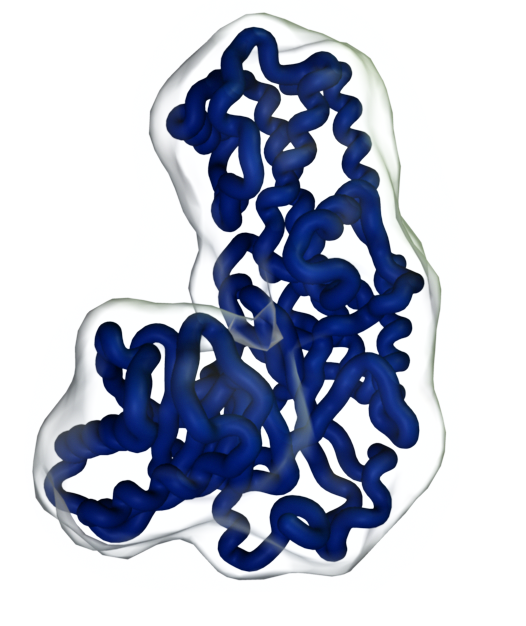
Hexokinase
There are three steps in the glycolytic pathway that are regulated. The regulation occurs through a combination of product inhibition, allosteric regulation, and covalent modification.
Hexokinase, the first step in the pathway, is inhibited by its product (glucose-6-phosphate).
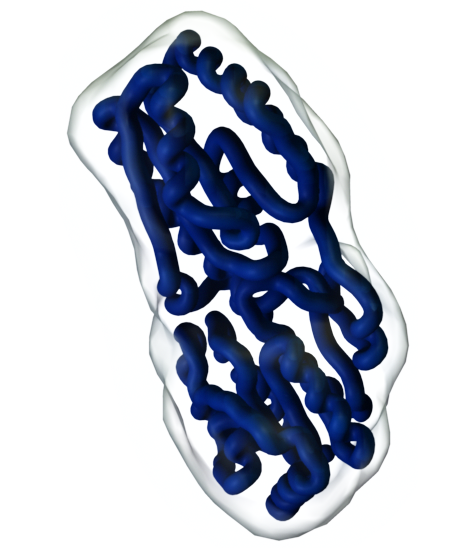
Phosphofructokinase
Phosphofructokinase is allosterically inhibited by molecules that indicate an energy-rich state in the cell. These include ATP, citrate, and a low pH. Conversely, the enzyme is allosterically activated by high levels of AMP. Phosphofructokinase is also allosterically activated by the regulator fructose-2,6-bisphosphate.
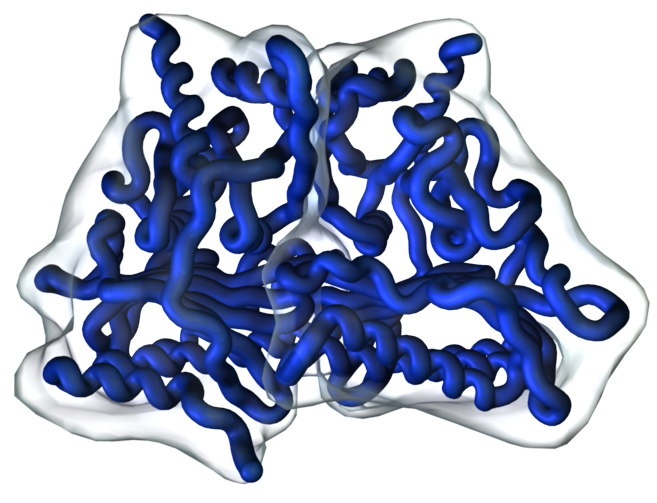
Fructose-2, 6-bisphosphate
Fructose-2, 6-bisphosphate is synthesized by a separate enzyme (phosphofructokinase-2 or PFK-2). PFK-2 is activated by phosphorylation (by protein kinase A, via either glucagon or epinephrine). PFK-2 is inactivated by dephosphorylation (by phosphoprotein phosphatase signaled via insulin). TIGAR is a fructose-2, 6-bisphosphatase which lowers the concentration of this activator of phosphofructokinase, slowing flux through the pathway.
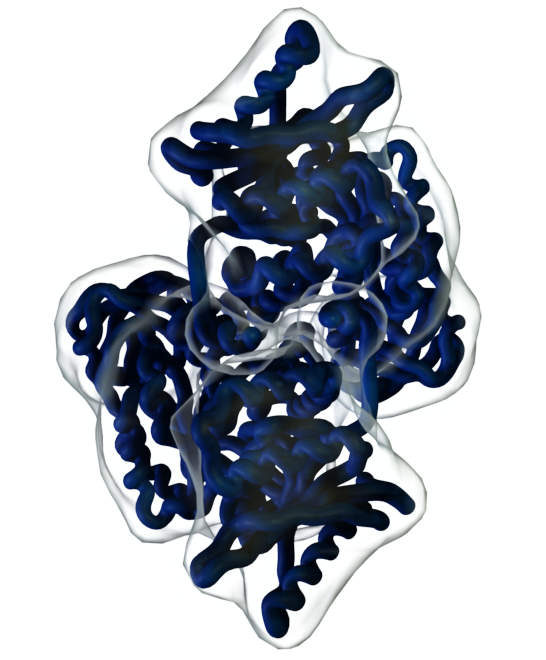
Pyruvate kinase
Pyruvate kinase, the final step of glycolysis, is also a regulated step. Like hexokinase and phosphofructokinase, this step is considered one of the irreversible steps of glycolysis. Pyruvate kinase is acted on by several allosteric regulators. It is activated by fructose-1, 6-bisphosphate and inhibited by ATP, acetyl-CoA, and the amino acid alanine. Pyruvate kinase is also regulated by covalent modification. It is inhibited by phosphorylation (by protein kinase A activated via catecholamines or glucagon) and activated by dephosphorylation (by phosphoprotein phosphatase 1, activated via insulin).
Gluconeogenesis
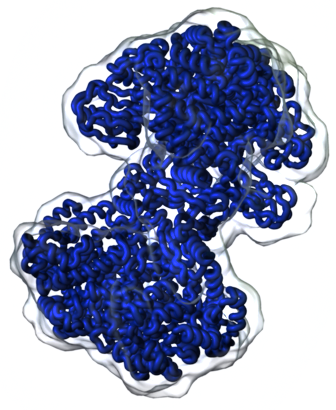
Pyruvate carboxylase
Gluconeogenesis is predominantly regulated through a combination of allosteric regulation and product inhibition of key enzymes. As we might expect, the two enzymes that are regulated are found near either ends of the pathway and one is the rate determining step in the pathway. The first of these enzymes is the mitochondrial enzyme pyruvate carboxylase which synthesizes oxaloacetate from pyruvate and CO2. This enzyme is activated by increased concentrations of acetyl-CoA.

Fructose-1,6-bisphosphate
The second regulatory step observed in this pathway is fructose-1,6-bisphosphatase, the enzyme that generates fructose-6-phosphate. This reaction is also the rate determining step in gluconeogenesis. Fructose-1,6-bisphosphatase is allosterically inhibited by AMP and fructose-2,6-bisphosphate (the same molecule that acts as an allosteric regulator of phosphofructokinase in glycolysis).
Fates of Pyruvate
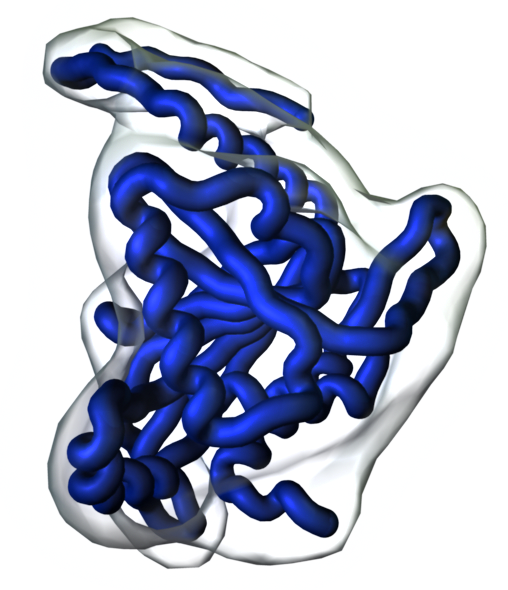
Pyruvate dehydrogenase
Pyruvate has several fates in the cell, depending on the type of organism (humans v. yeast for example), organ (muscle v. liver), or energetic state of the cell. Here, we will focus on the regulation of the conversion of pyruvate into acetyl-CoA, a reaction catalyzed by pyruvate dehydrogenase.
Pyruvate dehydrogenase is a multisubunit complex. Regulation occurs in the E1 subunit which catalyzes the decarboxylation of pyruvate and acetylation of lipoamide (the acetyl group is transferred to CoA in the E2 subunit). The steps catalyzed by the E1 subunit are the rate determining steps for the reaction. The E1 subunit is inhibited by both acetyl-CoA and NADH, the products of the reaction.
Pyruvate dehydrogenase is also regulated by phosphorylation. A specific kinase (Pyruvate Dehydrogenase Kinase) phosphorylates key serine residues inhibiting the enzyme. This kinase has numerous allosteric regulators. It is activated by acetyl-CoA and NADH and inhibited by pyruvate, ADP, Ca2+ and K+. The dephosphorylation of Pyruvate Dehydrogenase is catalyzed by Pyruvate Dehydrogenase Phosphatase. This activates Pyruvate Dehydrogenase. This phosphatase is activated by the divalent metal ions Ca2+ and Mg2+.